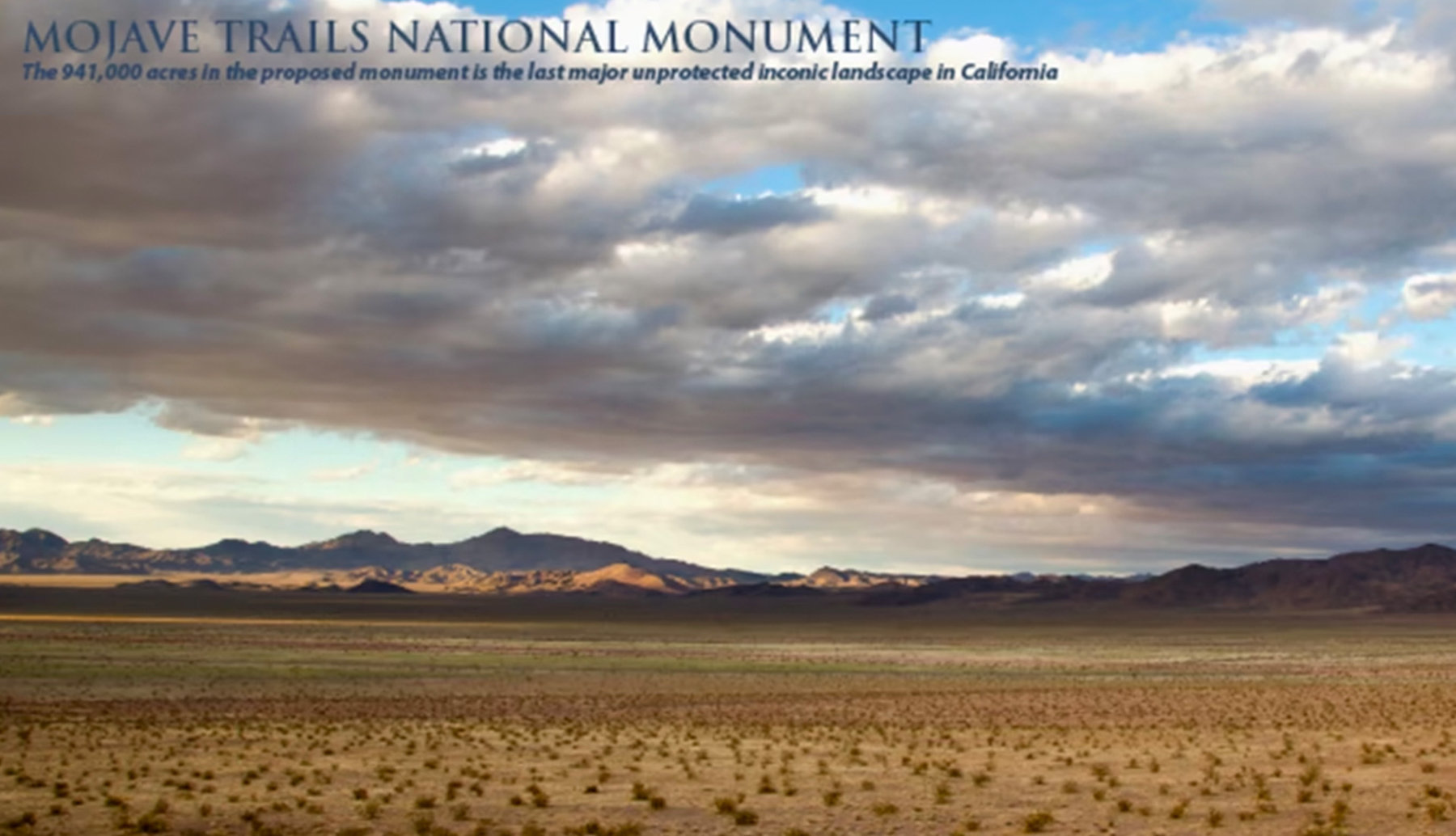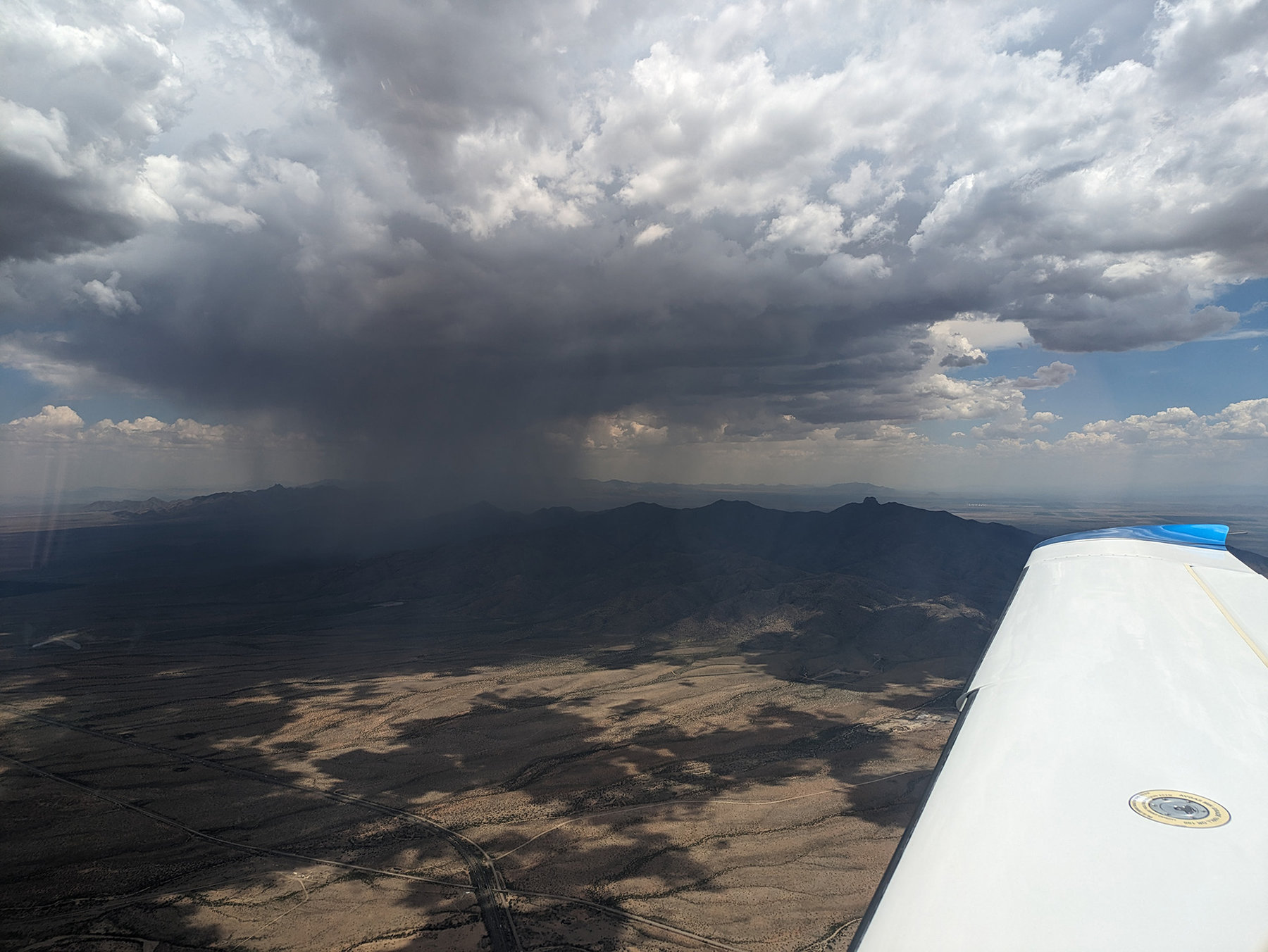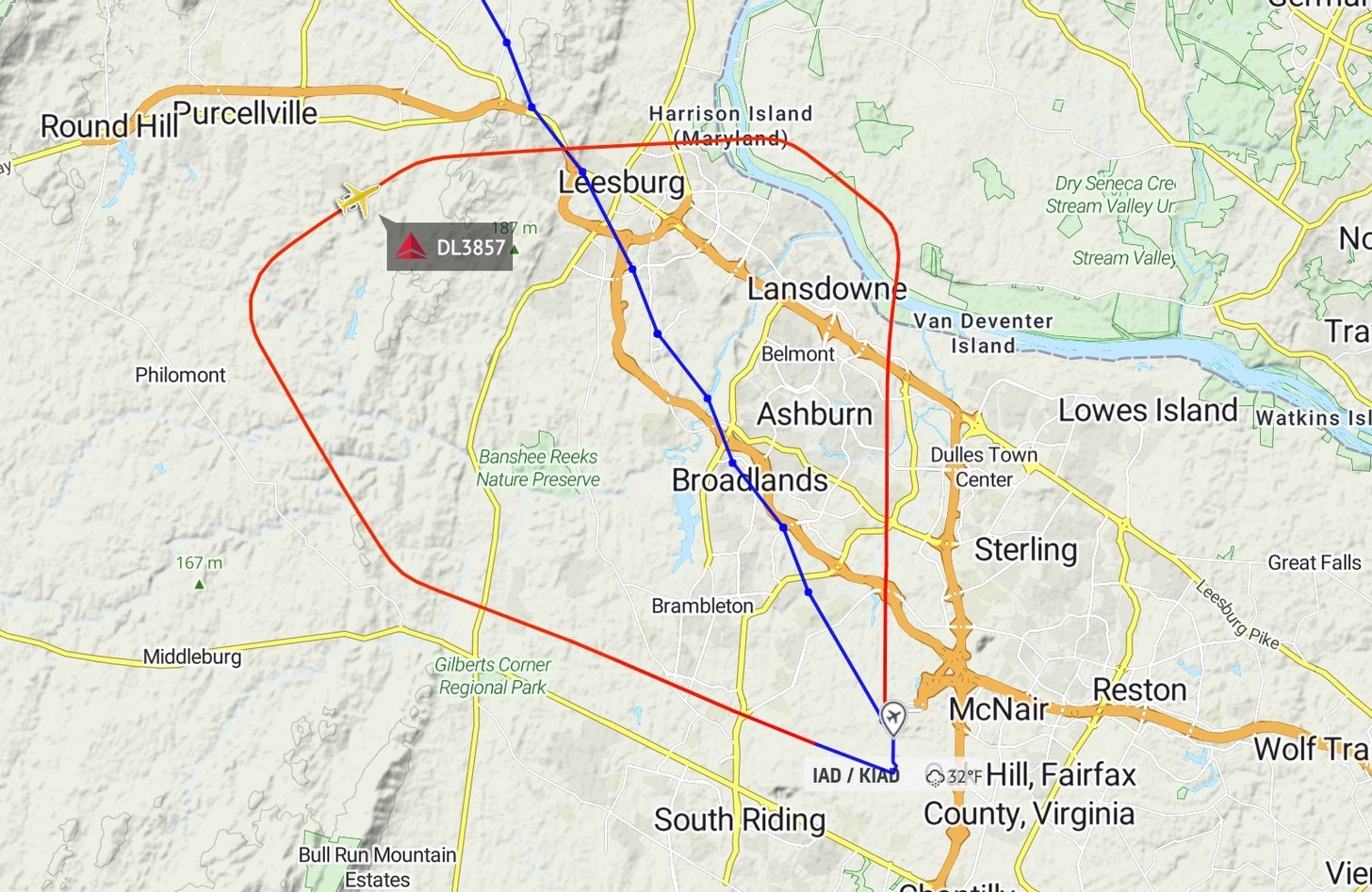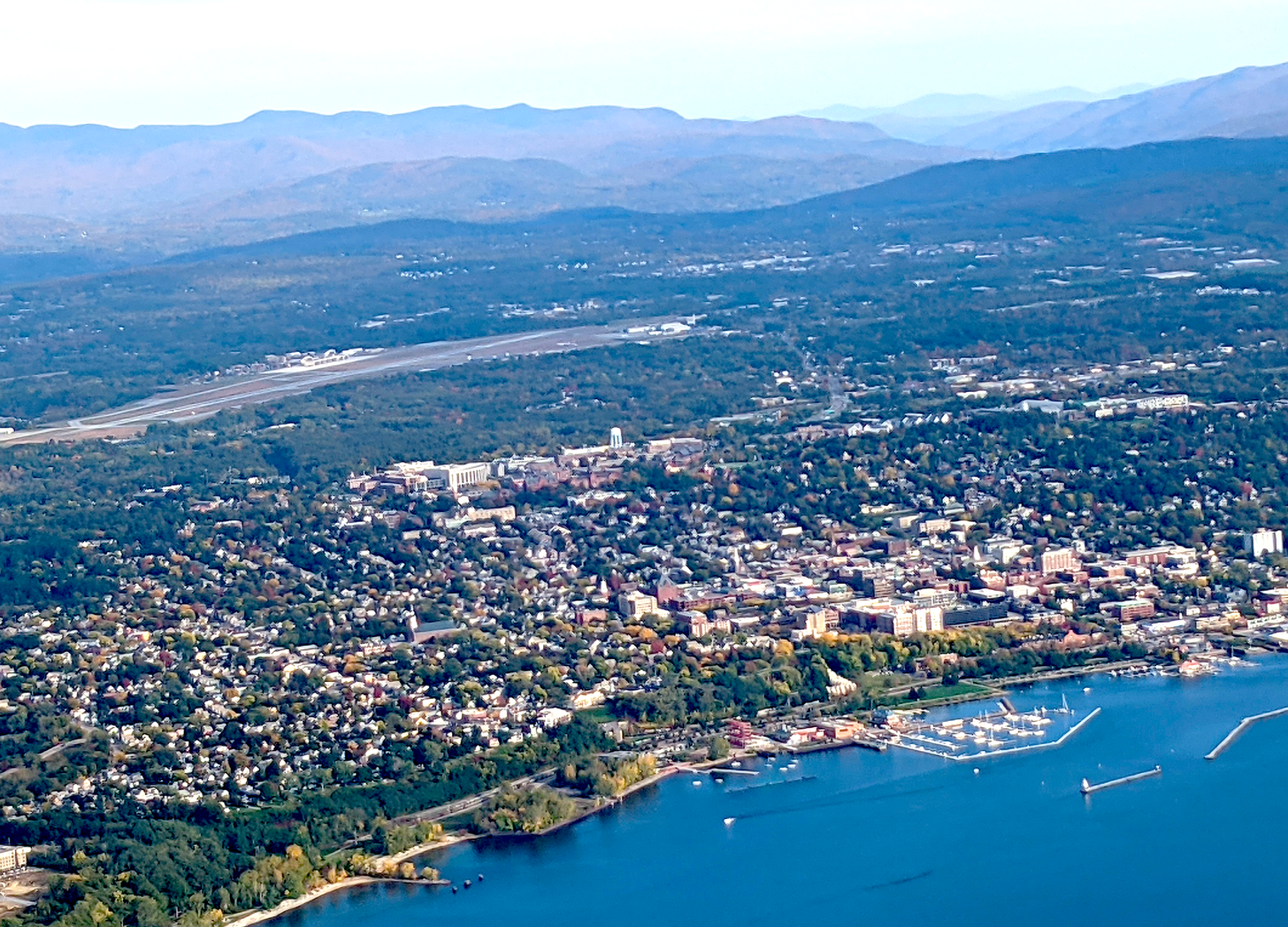Here’s the part of the job I have always imagined would be the most unadulterated fun. No, not pardoning one of the poor Thanksgiving turkeys, leaving the other to its doom. Rather it’s exercising a president’s on-his-own power, under the Antiquities Act of 1906, to proclaim new National Monuments and thus preserve and protect the nation’s heritage.
As of yesterday, the total of these protected sites was some 117. Today the total is 120, thanks to President Obama’s designation of three desert sites in Southern California: Mojave Trails, Castle Mountain, and Sand to Snow. The contours of the monuments may look a little strange, as shown below, but that is largely because they follow natural mountain and valley contours, and are amid other protected lands.

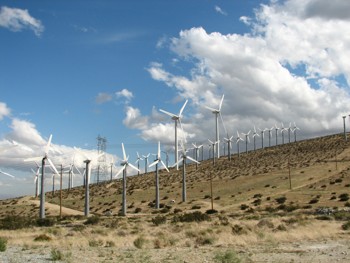
Wind farm in the San Gorgonio Pass (Kit Conn / Wikimedia)
It’s been a contentious struggle, as this LA Times story lays out. Another source of opposition was the off-road motorist community, which objected to the limits that National Monuments place on driving over the terrain. For instance, one of them told the Riverside Press-Enterprise “All those little dead-end spurs that people venture down in order to disperse and find solitude, those are the ones that will all be closed.” But the case for preservation won out. Feinstein’s letter to Obama last year making the case for the protection is in a PDF here; her reaction to today’s announcement is here. And here is a clearer idea of where the new areas fit in California, with the same color scheme as above.
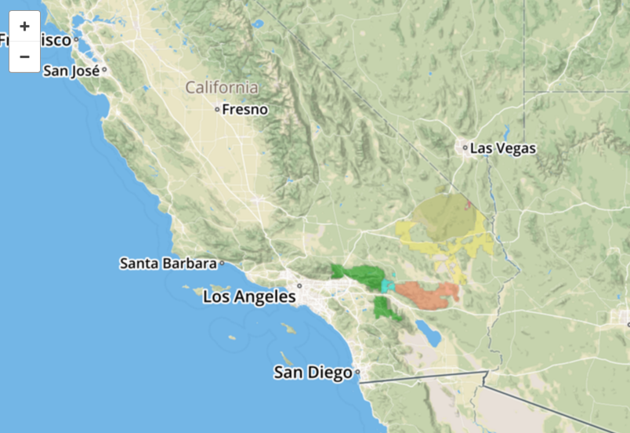
Why do I mention this? First, because in an era of national-level political impasse, to me it is encouraging that a leader, regardless of party, can take such a step in the broadest national interest. Nothing is forever, but preserving wild land is as close to a permanent effect as a president can ever have.
Also, these join the American Futures cavalcade because the Sand to Snow National Monument adjoins cities we have reported on: Redlands, San Bernardino, and Riverside. And while this matters only to me, these happens to be the areas where I went on camping expeditions as a Boy Scout, and that my father explored with his friends on their trail-riding trips. (National Monuments have varying rules about camping, but most permit it in some form. I don’t know about horses.)
Several times last year, while traveling from Ajo to San Bernardino for reporting, we passed right by Mount San Gorgonio, around whose flanks the Sand to Snow monument is located. This is how it looked from the south a year ago this week, during the heart of California’s long drought. If I’ve worked out the maps right, much of what you see is now protected by today’s order.
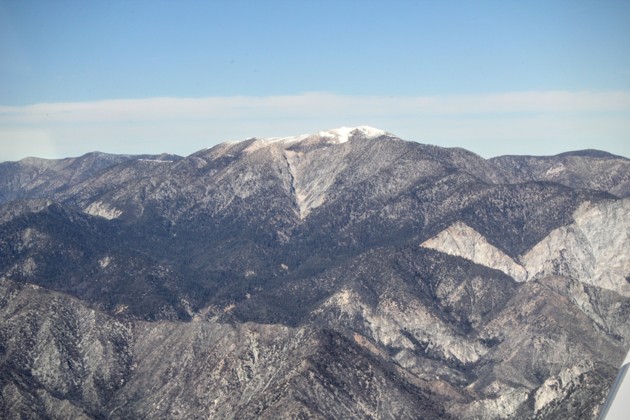
Mount San Gorgonio, from the south. The mountain’s peak has an elevation of just over 11,500 feet. This was taken from an airplane then at 8,500 feet, and about 10 miles away. (Deborah Fallows)
The pace of land protection often picks up in a president’s final year. This is a good start for 2016, President Obama! Don’t slack off now.

